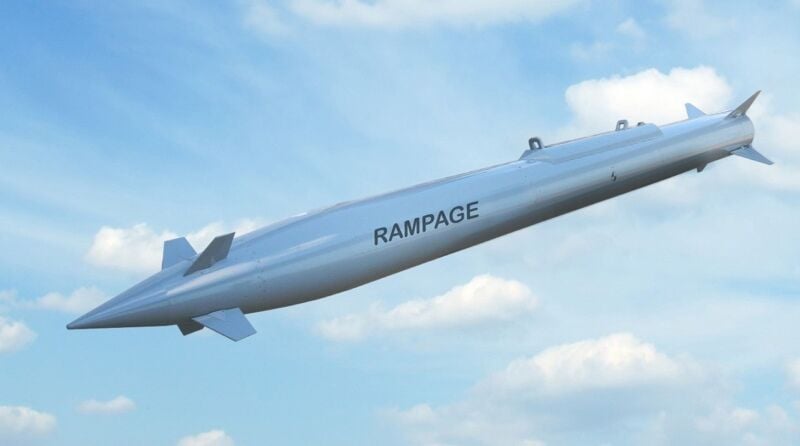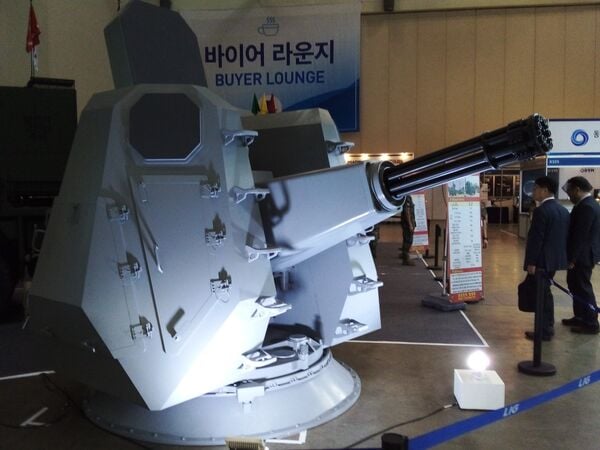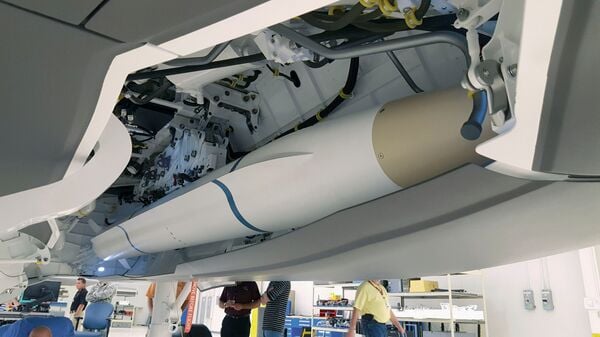- About
- Intara
- Capabilities
- Advisory
- Resources
- News
- Store
Partner 2023: Serbia rolls out new self-propelled anti-aircraft gun and missile system
26 September 2023
by Christopher Petrov


Reminiscent of an earlier trend in SPAAG design, the Harpas system utilises a M-84 main battle tank hull combined with a turret equipped with anti-aircraft weaponry. (Janes/Christopher Petrov)
Serbia's Military Technical Institute (MTI) unveiled its Harpas self-propelled anti-aircraft gun (SPAAG) and missile system at the Partner 2023 defence exhibition in Belgrade.
Harpas utilises a modern radar connected to a pair of 40 mm L/70 Bofors anti-aircraft cannons, which feature on other recent anti-aircraft systems including the in-service Pasars-16.
MTI is also developing its own programmable airburst munitions, which will improve the cannons' ability to shoot down small unmanned aerial vehicles. As a secondary role, the cannons can be used against ground targets.
Harpas is also equipped with two missile pods – one mounted on each side of the turret – housing locally developed RLN-TK and RLN-RF surface-to-air missiles (SAMs), the former of which is guided by a thermal seeker and the latter by radio frequency. For target detection, the system is equipped with what appears to be a Danish Weibel Xenta radar.
An MTI representative told Janes
Indian Air Force inducts Rampage long-range missile
02 May 2024
by Akhil Kadidal & Raghuraman C S


The Elbit Systems Rampage is a stand-off weapon with all‐weather capabilities and is designed for deep penetration strikes. (Elbit Systems)
The Indian Air Force (IAF) is inducting Elbit Systems' Rampage supersonic, long-range air-to-ground missile, the Indian Ministry of Information and Broadcasting (MIB) announced.
As a stand‐off weapon (SoW) capable of engaging high‐value targets in attack missions, the Rampage is expected to give the IAF significant strike capabilities. The IAF's induction of the missile will allow its aircraft “to strike targets up to 250 km away”, the MIB said on 30 April.
According to the MIB, the missiles are being deployed on IAF Sukhoi Su-30, Mikoyan-Gurevich MiG-29, and Sepecat Jaguar combat aircraft.
The IAF told Janes it could not comment on the matter as the service has not issued an “official notification” on the missile. Janes understands that while the missile has likely been deployed with IAF Su-30 and Jaguar units, it is not yet operational with the IAF's MiG-29 UPGs and Fulcrum-As.
The IAF acquisition follows the Indian Navy's acquisition of the missile for its carrier-borne MiG-29K fleet. Janes
South Korea to bolster naval ballistic missile, unmanned systems interception capabilities
29 April 2024
by Ridzwan Rahmat


A model of the South Korea-developed CIWS-II on display at MADEX 2023. (Janes/Ridzwan Rahmat)
South Korea's defence procurement agency has announced programmes to bolster its navy's ability to intercept ballistic missiles and unmanned vehicles.
These include a programme to improve the country's indigenous close-in weapon system (CIWS) project undertaken in consideration of recent changes in warfare techniques, said the Defense Acquisition Program Administration (DAPA) in its announcement on 26 April.
South Korea's indigenously conceived CIWS is known as the ‘CIWS-II' and it is being developed by LIGNex1 under a contract awarded in 2021.
It is based on a seven-barrelled Gatling gun system incorporated with a tracking active electronically scanned array (AESA) radar, a four-faced AESA search radar, and an electro-optical tracker. The weapon can fire about 4,200 rounds per minute.
At the 161st meeting of the country's Defense Program Promotion Committee that was held on the same day of the announcement, changes to the CIWS-II programme's quantity and localisation plans were decided on, DAPA said without giving further details.
Netherlands, Poland approved for AARGM-ER SEAD/DEAD missiles
25 April 2024
by Gareth Jennings


An AARGM-ER seen being test fitted into the internal weapons bay of an F-35 combat aircraft. The US has approved the sale of the missile to both the Netherlands and Poland. (Northrop Grumman)
The US government has approved the sale of the Northrop Grumman AGM-88G Advanced Anti-Radiation Guided Missile – Extended Range (AARGM-ER) to the Netherlands and Poland.
Announced by the US Defense Security Cooperation Agency (DSCA) on 24 April, the approvals cover 265 of the suppression of enemy air defences/destruction of enemy air defences (SEAD/DEAD) missiles for the Netherlands for approximately USD700 million, and 360 missiles for Poland for approximately USD1.275 billion. Both approvals cover related equipment, training, and support.
“The proposed sale will improve the Netherlands'/Poland's capability to meet current and future threats by strengthening its self-defence capabilities to suppress and destroy land- or sea-based radar emitters associated with enemy air defences. This capability denies the adversary the use of its air-defence systems, thereby improving the survivability of the Netherlands'/Poland's tactical aircraft,” the DSCA said of both approvals.
Serbia's Military Technical Institute (MTI) unveiled its Harpas self-propelled anti-aircraft gun (SP...
Latest Podcasts
Using OSINT to support law enforcement
Ritu Gill, Intelligence Analyst, joins Harry and Sean to discuss the practical use of OSINT to support law enforcement. Ritu discusses it’s use in supporting risk assessments and classified or closed sources of intelligence. She also discusses t...
Listen nowJanes Case Studies
Using Janes Intara to build a common intelligence picture: Russian build up on the Ukrainian border
View Case StudyNews Categories
 Weapons Details
Weapons Details